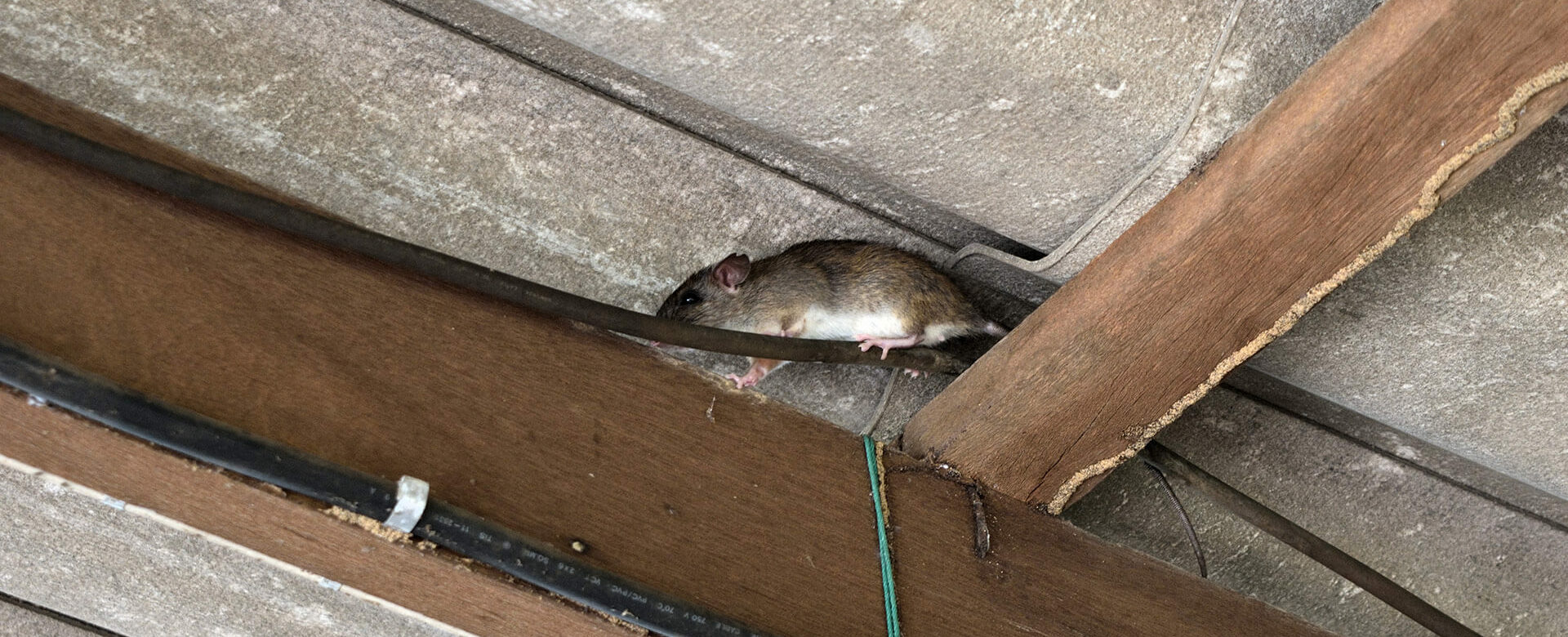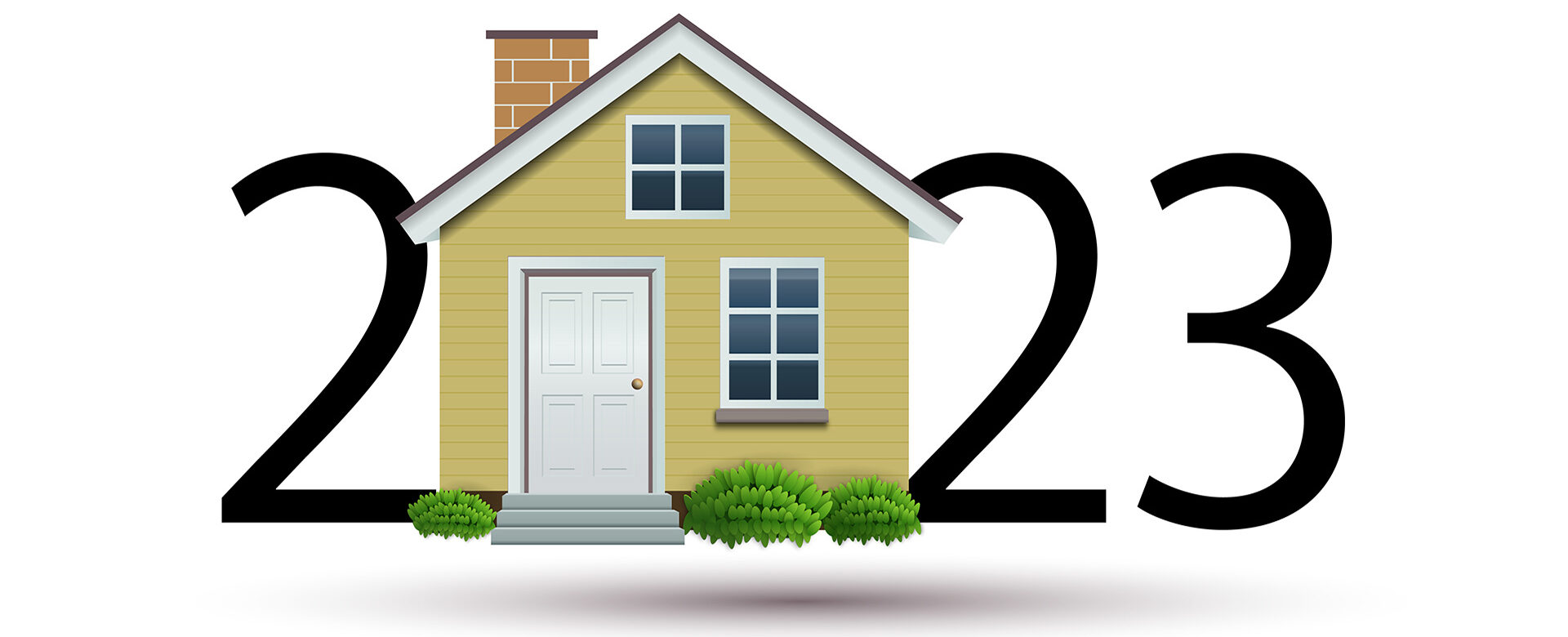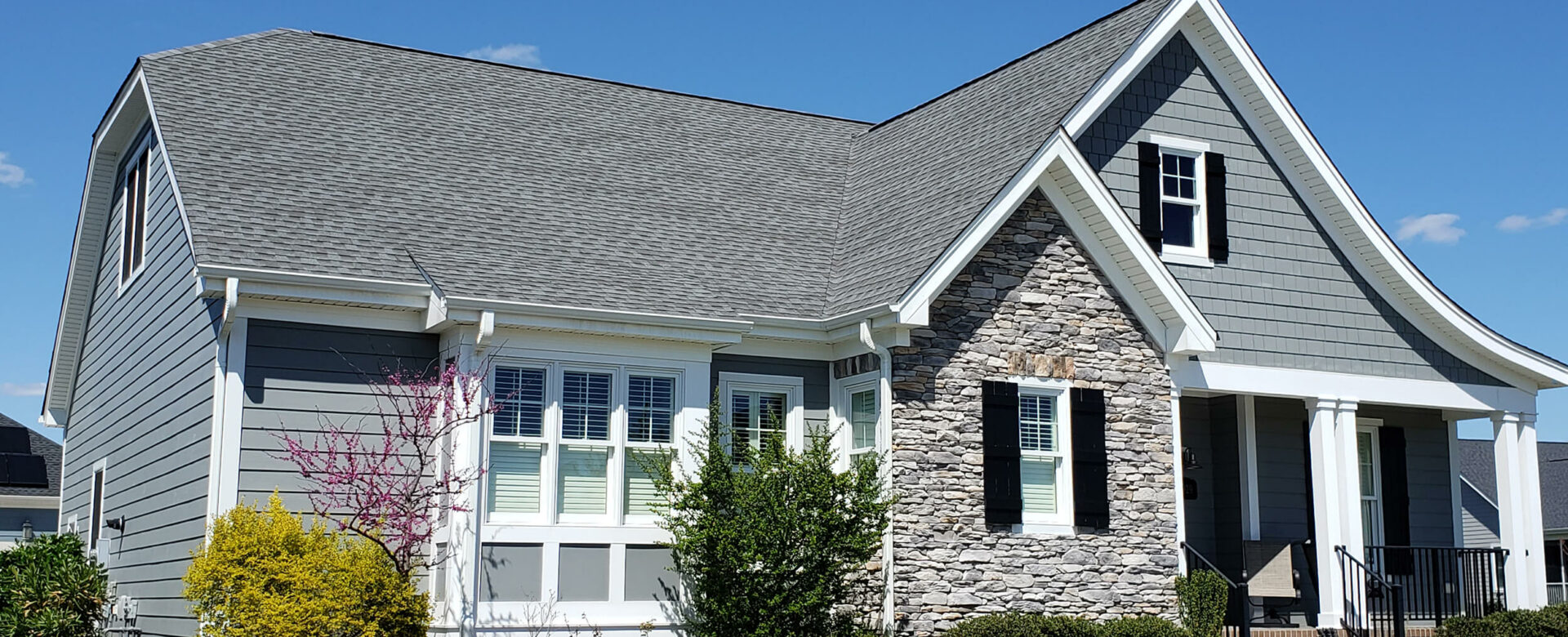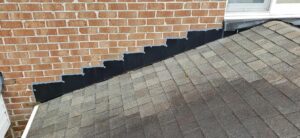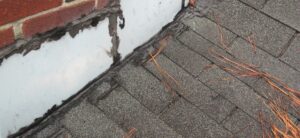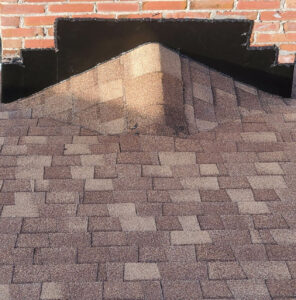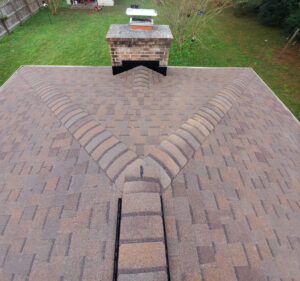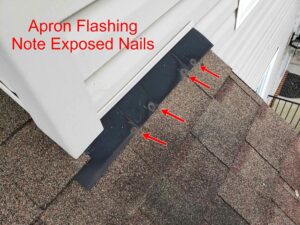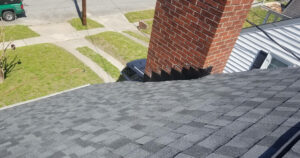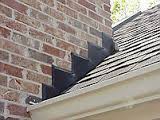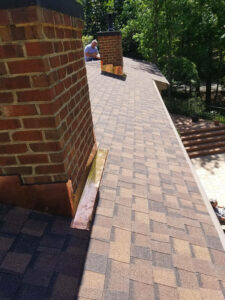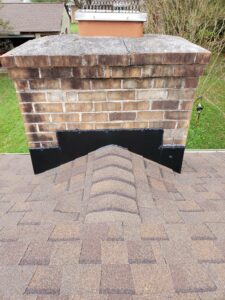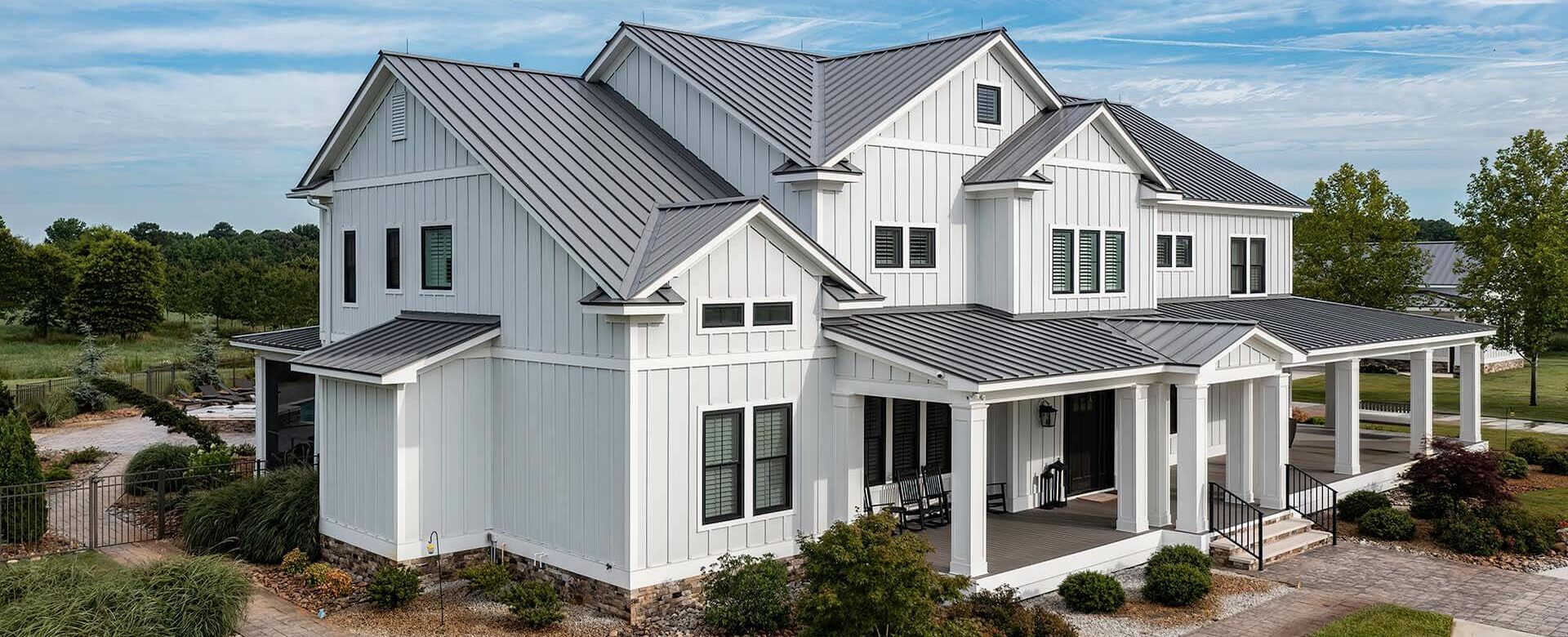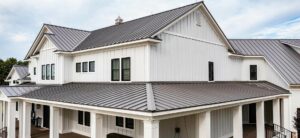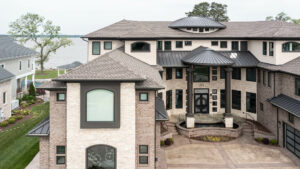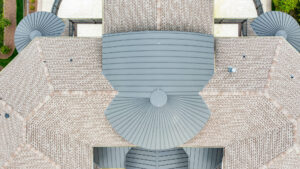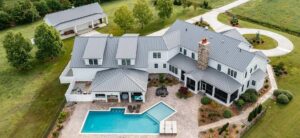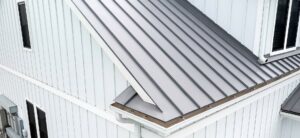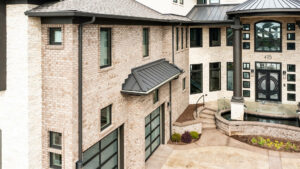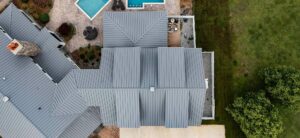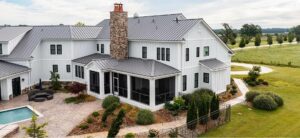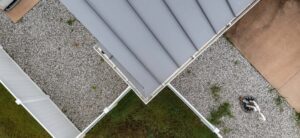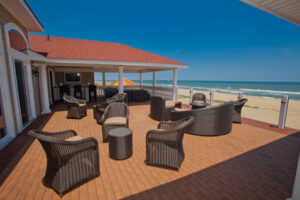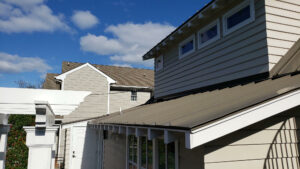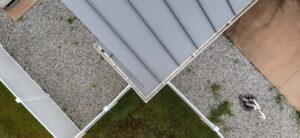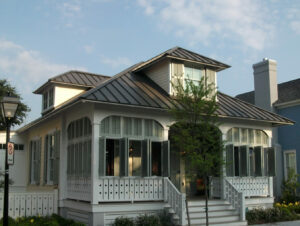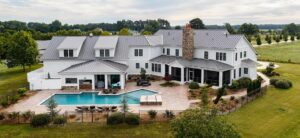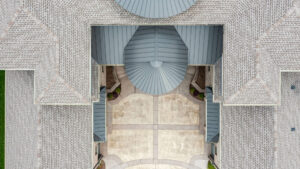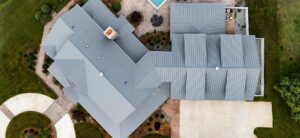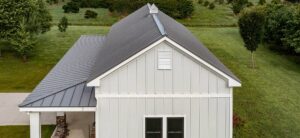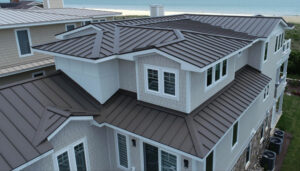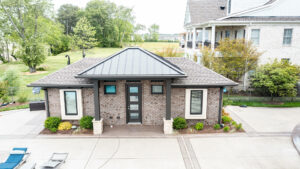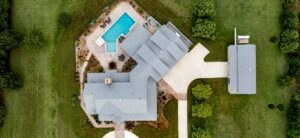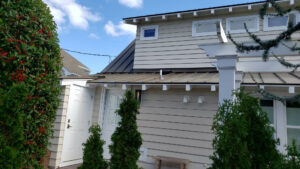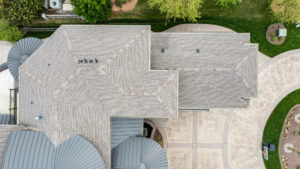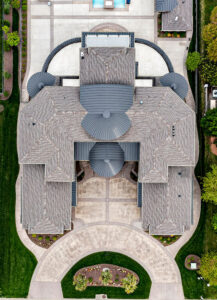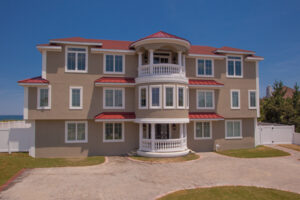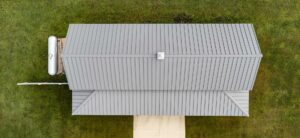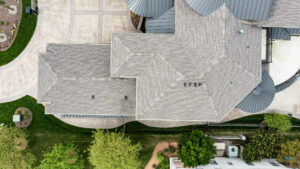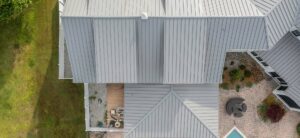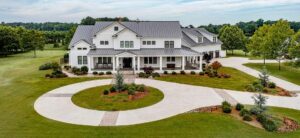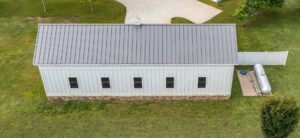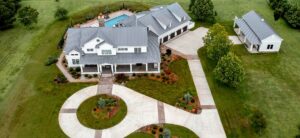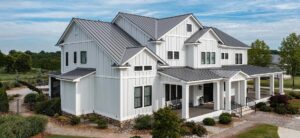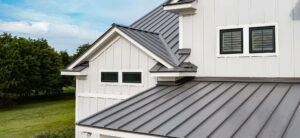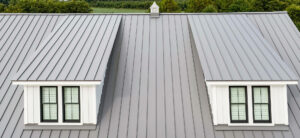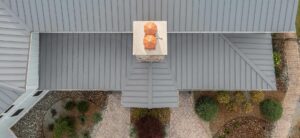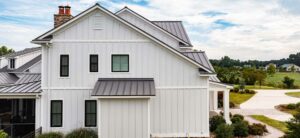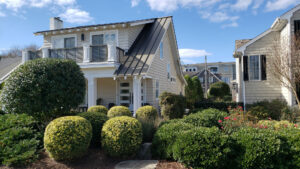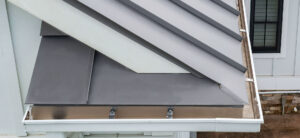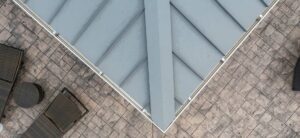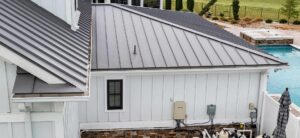You’ve heard of bats in the belfry and skeletons in the closet, but there’s something much scarier and much more likely to be in your home – rats in the roof.
Roof rats, also known as black rats or ship rats, are a common problem in many parts of the United States, but especially in coastal and southern regions such as southeast Virginia. Their populations do particularly well in suburban and urban areas where they can find food and shelter easily and where the climate is mild. In other words – Hampton Roads is their ideal location. But even the Tidewater region can get chilly in the depths of winter, and right now is the time when roof rats and other rodents look for warm places to take up residence.
Since these agile rodents are known for their ability to climb, they can easily access elevated areas such as attics, trees, and sheds. Unfortunately, roof rats can cause significant damage to your roof and home, making it important to understand the signs of an infestation and how to effectively get rid of them.
Identifying Signs of Roof Rats
There are some telltale signs of roof rats that will help you determine if it’s time to take action. Even if you only notice a few of these signs, it’s still worth reaching out to a professional pest service before additional damage is done and even more professionals need to be called in.
Look out for:
- Droppings: Dark, moist droppings near food sources or around your attic access may indicate a roof rat infestation.
- Scratching or scurrying sounds: You may hear these in the walls, ceilings, or attic, especially at night.
- Gnaw marks: Look for holes or gnaw marks on roofing materials, pipes, or electrical wires as well as potential food sources.
- Nesting materials: Roof rats often use soft materials such as insulation, paper, or cloth to construct their nests. If you find loose material like this mysteriously lying around your house and especially in or near your attic, it may be from a roof rat attempting to transport it to their nest.
- Unpleasant odors: Roof rats can produce a strong, unpleasant odor, especially when they are present in large numbers.
Roof Rat Damage to Address
If you have any of the signs listed above, then it is important to address the infestation promptly to reduce damage and the risk of disease transmission. Most likely some damage has already been done to your house when they gained access to your attic or other areas, but the longer they stay, the more damage is sure to be done. Here are the main types of damage you should check for:
- Chewed wires and pipes: Roof rats have sharp teeth and are known to gnaw on electrical wires and pipes, which can lead to short circuits, fires, and leaks.
- Damaged insulation: Roof rats may nest in insulation and chew through it, reducing its effectiveness and increasing energy costs.
- Gnawed roofing materials: Roof rats can chew through roofing materials such as shingles and flashing, creating holes that can allow water to enter the attic or home. Their access and movement can also lift shingles and flashing, allowing them to be blown around and water to enter a home.
- Contaminated food: Roof rats are known carriers of disease, and they can contaminate food stored in pantries and cabinets. Look for droppings or gnawed packaging in your cabinets and pantry and if you see any signs of this, throw the food away immediately and sanitize the area.
Getting Rid of Roof Rats
If you’ve determined you do, in fact, have roof rats – or any other rodents and pests in your attic – there are several things you can do right away to help reduce the damage and eliminate the problem.
- Remove attractants: Keep food, water, and trash in tightly sealed containers to eliminate sources of food and water for the rats.
- Remove trees and branches: Roof rats use trees and other structures to climb up and access attics. If you have overhanging limbs near your roofline, it’s an easy way for them to make their way in. Trim back any trees, remove lattices or any other structures that give them an easy entrance.
- Use traps or bait stations: Place snap traps or bait stations in areas where you have seen rat activity. Be sure to follow safety guidelines and recommendations for the use of traps and bait stations.
- Hire a professional: If the infestation is severe or if you are unable to effectively manage the problem on your own, consider hiring a pest control professional who has experience with roof rat control.
- Seal entry points: Do this only AFTER the pests have been removed. If you seal off their access while they are still inside your house, they will just continue to cause damage trying to get back out. Once they are gone, inspect the roof and attic for holes, cracks, and gaps that rats could be using to gain access, and seal these entry points with materials such as steel wool, caulk, or metal flashing.
Repairing Roof Rat Damage
As we said, if they’ve gotten into your home, damage has likely already been done. But if they’ve taken up residence for a while or if you’re noticing leaks, electrical issues or higher energy bills, then it’s definitely time to make some repairs. These types of repairs should always be done by a professional. If you’ve called in a pest service to remove the rats, they may be able to let you know what type of damage they observed, otherwise you’ll want to get up into your attic and take a look around.
- Roofing: For any damage done to your roof deck, sheathing, flashing, shingles or attic ventilation, you should reach out to a qualified roofing contractor.
- Electrical: If wires have been gnawed at or chewed through, contact a licensed electrician immediately – this can cause fires and other major issues.
- HVAC: If ductwork has been chewed through or your air handler has internal damage, call your HVAC company and have them inspect the unit and make any necessary repairs.
- Structural: In extreme cases, roof rats may have compromised some structural aspects of your home such as roof rafters and floor joists in the attic or framing in the walls. In these cases, a licensed general contractor is the best professional to reach out to for a solution.
Andrews Roofing Can Help
If you suspect you have roof rats, contact Andrews Roofing today. As a locally owned and operated company, we have decades of experience dealing with the very specific issues homeowners in Hampton Roads may have. We can help you identify if roof rats are the cause of the problem and provide estimates for any repair work that needs to be done. Don’t give roof rats free rent – call us today!
